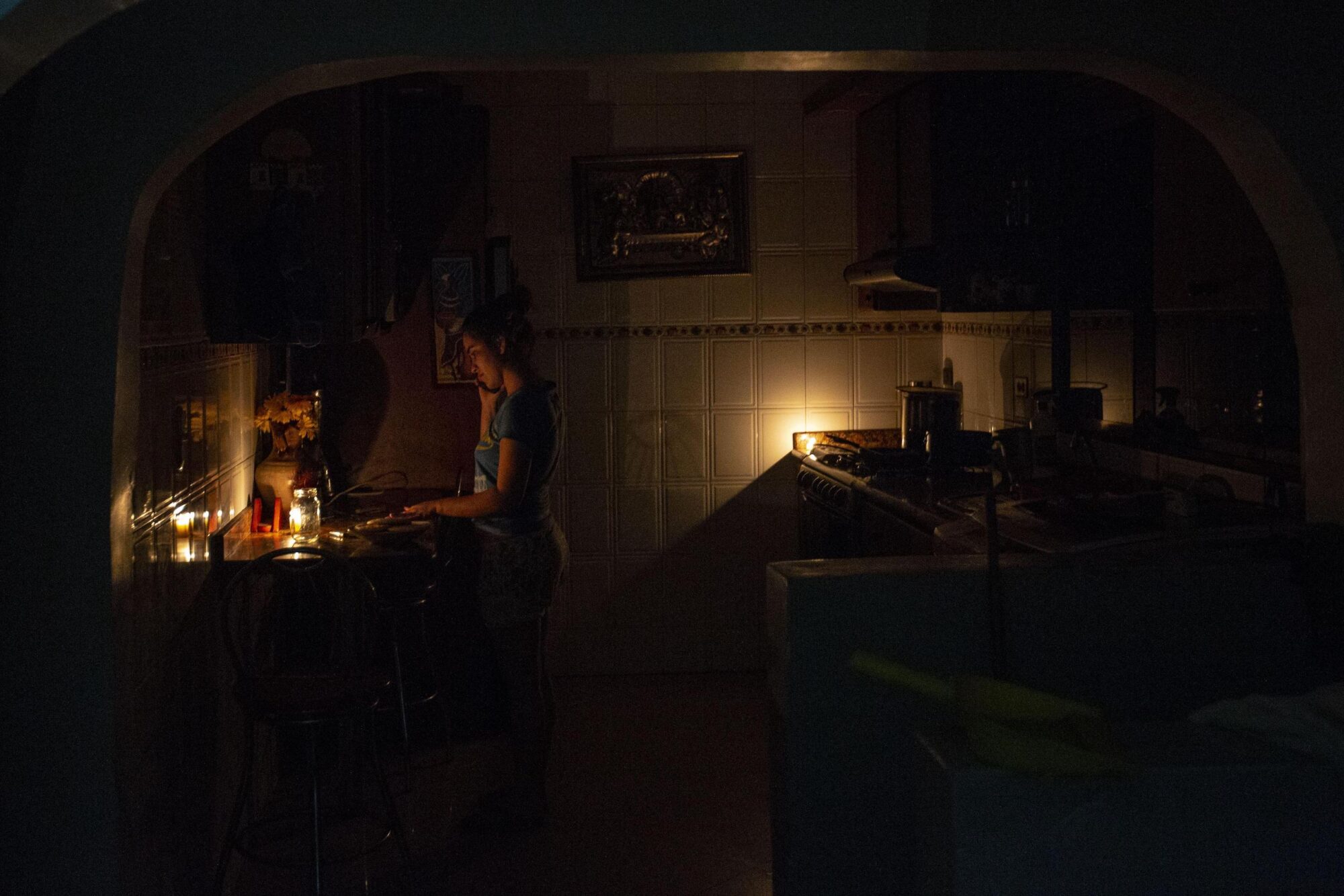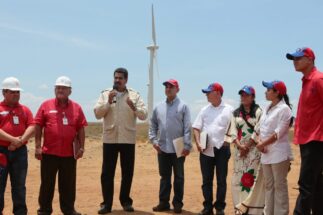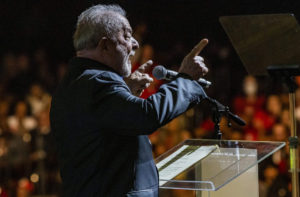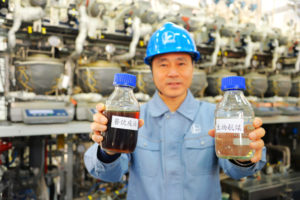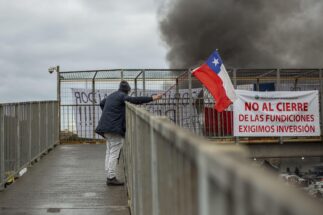For more than a decade, the residents of Zulia have only had electricity around 50% of the time. Food rots and appliances break down because of the unpredictability of their power supply. In 2022, the state on Venezuela’s northwestern Caribbean coast had more than 37,000 power cuts – the worst in the country, according to the Committee for People Affected by Blackouts, a civil society movement that monitors outages nationwide.
Even in the capital, Caracas, where the power supply is most stable, the lights can go out without warning. There are days when residents spend up to seven hours without being able to use their fridge or charge their mobile phones. In 2022, the country as a whole had more than 233,000 power failures, 22% more than in the previous year.
Juan Cristóbal Nagel, a economist from Zulia, argues that “there are two main reasons for the crisis: excessive electricity consumption and insufficient production. And at the root of both problems is poor governance: populism, poor planning, inflexible ideology and overwhelming corruption.”
Aixa López, president of the Committee for People Affected by Blackouts, adds that it is now urgent that repairs and upgrades are carried out on Venezuela’s electricity system, because these problems are worsening year on year.
On top of the blackouts, Venezuelan consumers are being hit by rising electricity tariffs, due to the reduction of a state subsidy for the first time since the 1970s.
In the midst of this crisis, President Nicolás Maduro’s administration is seeking to harness solar energy to cover part of the national demand. But this energy transition will need to overcome numerous obstacles.

The cheapest energy
The year 1976 holds the key to understanding Venezuela’s energy challenges. That year, the oil industry was nationalised. Petrol, gas and electricity began to be heavily subsidised – a policy continued by all subsequent governments. Until the second half of 2021, Venezuelans paid just US$0.002 per kilowatt hour of energy, the lowest tariff in the world.
More recently however, things have changed. The fall in oil prices and, in particular, the internal crisis at Petróleos de Venezuela, the state-owned oil company, led to a drop in production. Venezuela currently produces around 685,000 barrels per day, just 20% of what it produced at the end of the 1990s. As a result, state revenues have fallen sharply, forcing the government to increase tariffs 86-fold in June 2022 to $0.173 per kilowatt hour, according to data compiled by Global Petrol Prices. This exceeds the global average ($0.161), and is close to what is paid in Israel ($0.171) or the United States ($0.175). But this increase in tariffs hasn’t led to a rise in electricity generation to remedy the blackouts.
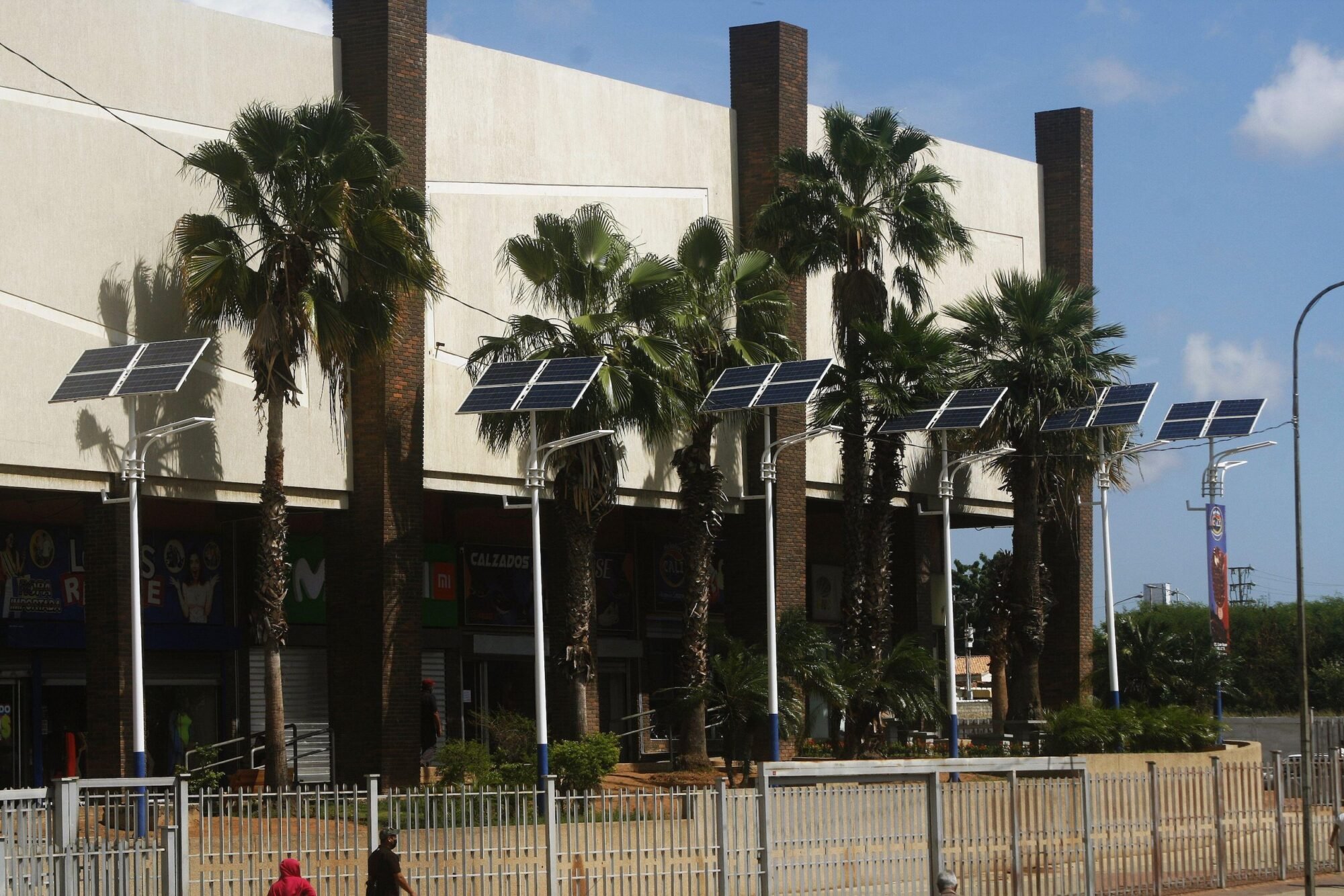
Solar solution?
At the beginning of 2023, Venezuela’s Ministry of Electric Energy announced a new plan to install 2,000 megawatts (MW) of solar energy over the next three years. According to a video the ministry posted on Instagram, this will begin with 500 MW of capacity in the states of Zulia, Falcón and Lara, followed by a second and third phase to include states in the centre and west of the country. However, no mention was made of what this would cost or how it would be financed.
The plan will generate 8% of the country’s needs, considering that the current national installed capacity is around 24,000 MW, according to the national electric corporation, Corpoelec.
Venezuela’s solar potential is significant – at a theoretical average of 5.35 kilowatt hours per square metre per day, it is among the highest in South America, according to data published by the Global Solar Atlas.
“Solar energy has the greatest potential to deliver all the energy the country needs and generating electricity with the sun is cheaper than any other source of electricity,” Federico Fernández Dupouy, director of Otepi Renovables, a company focused on solar energy and microgrids, told Diálogo Chino. “The problem is the investment needed.”
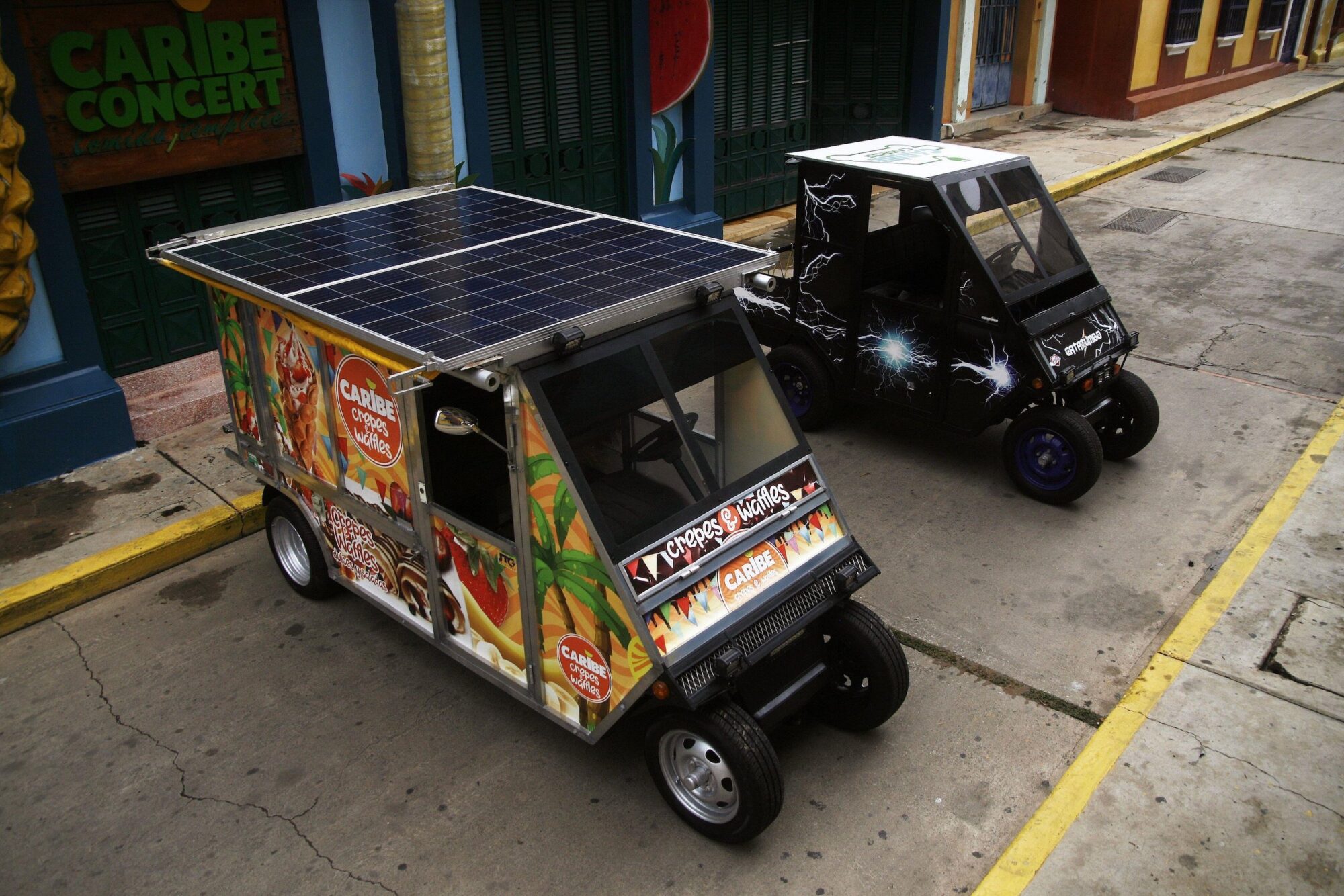
No legal framework
Venezuela’s solar energy development plans are part of a strategy that also includes the draft “Organic Law on Renewable and Alternative Energies”, first touted in July 2021 but still pending debate in the national assembly.
“Progress has begun to be made in the installation of new energy sources and this law will strengthen these activities,” deputy Ángel Rodríguez said during a recent session of the Energy and Petroleum Commission, which is promoting the project.
A public consultation to contribute to the text of the legislation closed at the end of 2022. Luis Ramírez, a professor with a PhD in alternative energy at the Andrés Bello Catholic University (UCAB) in Caracas, was one of the participants.
“The law proposes the creation of a research centre to assemble or develop solar panels or wind turbines in the country,” Ramírez told Diálogo Chino. “It also establishes health and education as priority sectors for the energy transition. But one of the variables that is not clarified in the law has to do with economic incentives.”
Ramírez added that these are key to attracting foreign capital to boost the energy transition as well as encouraging innovation in the Venezuelan private sector.
According to Corpoelec, more than a third of the country’s electricity (35%) is produced by thermoelectric generators that run on diesel.
Most private companies, from shopping malls and supermarkets to factories, currently rely on these generators. Blamed by the late president Hugo Chávez for causing the energy crisis, they were forced by law to purchase them in 2009, when the frequency of unscheduled outages and fluctuations in Venezuelan electricity supply began to increase.
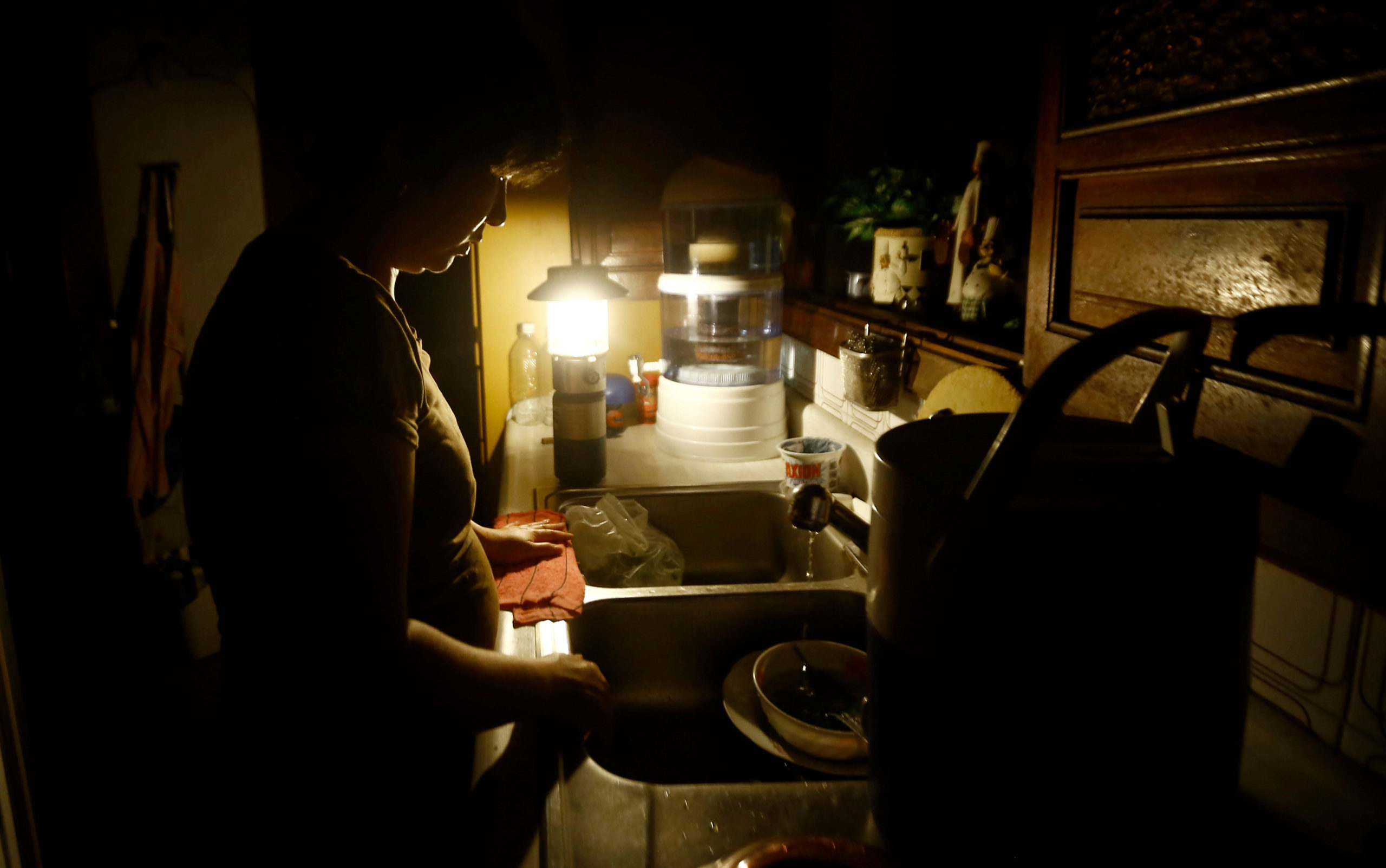
There is no official information on the amount of electricity generated from clean sources. For example, there are the wind farms of La Guajira in Zulia and Paraguaná in Falcón, but the government does not provide any information on their operation or their current contribution to the power supply.
These two projects, built during Chávez’s second term in office, were the first steps Venezuela took in its journey away from fossil fuels – one which has been characterised by announcements and half-finished projects. A Chinese-supported solar and wind farm in the Los Roques archipelago in the north of Venezuela remains unfinished.
The lack of a legal framework for the energy transition, the prominence of thermoelectric plants and the lack of transparency in information put Venezuela in 111th place out of 115 countries in the Energy Transition Index, published by the World Economic Forum in 2021.
Private opportunity
Engineer Fernández Dupouy is seeing more private companies seeking advice from his firm in response to this precarious situation: “Private companies are starting to ask about other clean energy solutions,” he explains, saying that due to the power cuts “their machines stop working and they lose productivity. The solution with thermoelectric plants is not stable either, due to diesel shortages.”
Large industries located in the cities of Maracay and Valencia, situated 120 and 170 kilometres from Caracas respectively, are among those asking Otepi Renovables for quotes on the investment needed to adopt solar energy as their second source of electricity. The list of those interested in the company’s services also includes supermarket chains and pharmacies with supply centres – ideal premises for rooftop solar panel installations. So far, however, enquiries and initial consultations have yet to progress into active projects.
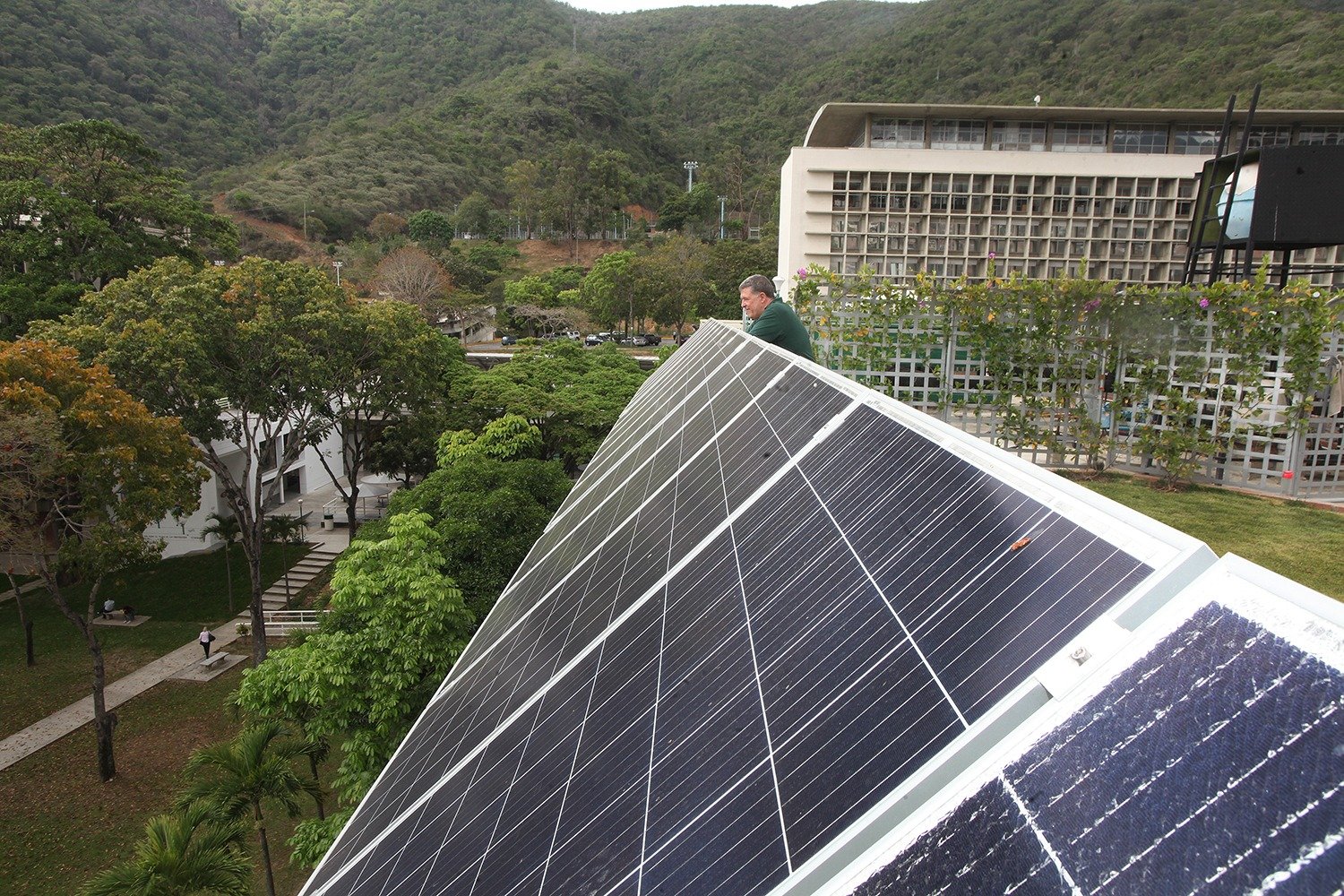
Among the few private energy initiatives that are up and running is that of UCAB, which set up a clean energy system at its campus in western Caracas at the end of 2019. The university installed 30 solar panels, a wind generator and a green roof. Two classrooms are now powered by clean energy and the average temperature inside has been reduced by up to 6C in the hottest part of the day, when temperatures used to top 30C.
Each solar panel at UCAB captures 180 watts of energy, giving it a total power production capacity of 5,400 watts. Joaquín Benítez, UCAB’s director of environmental sustainability, told Diálogo Chino that this is enough to power the lights, computers and video projector used in two graduate classrooms, and will also supply an automated irrigation system for the green roof.
UCAB appears to be the beginning of a trend in Venezuela’s private sector, prompted by the government’s limitations in overhauling the national electricity system. “People know that the system needs big investments and that what is coming in the future are higher tariffs, especially in the industrial and commercial areas,” Rafael Torrealba, vice-president of the Venezuelan Chamber of Construction, told Diálogo Chino.
The switch to clean energy in Venezuela is just beginning, he believes. In the meantime, Venezuelans dream of a life without power cuts.
